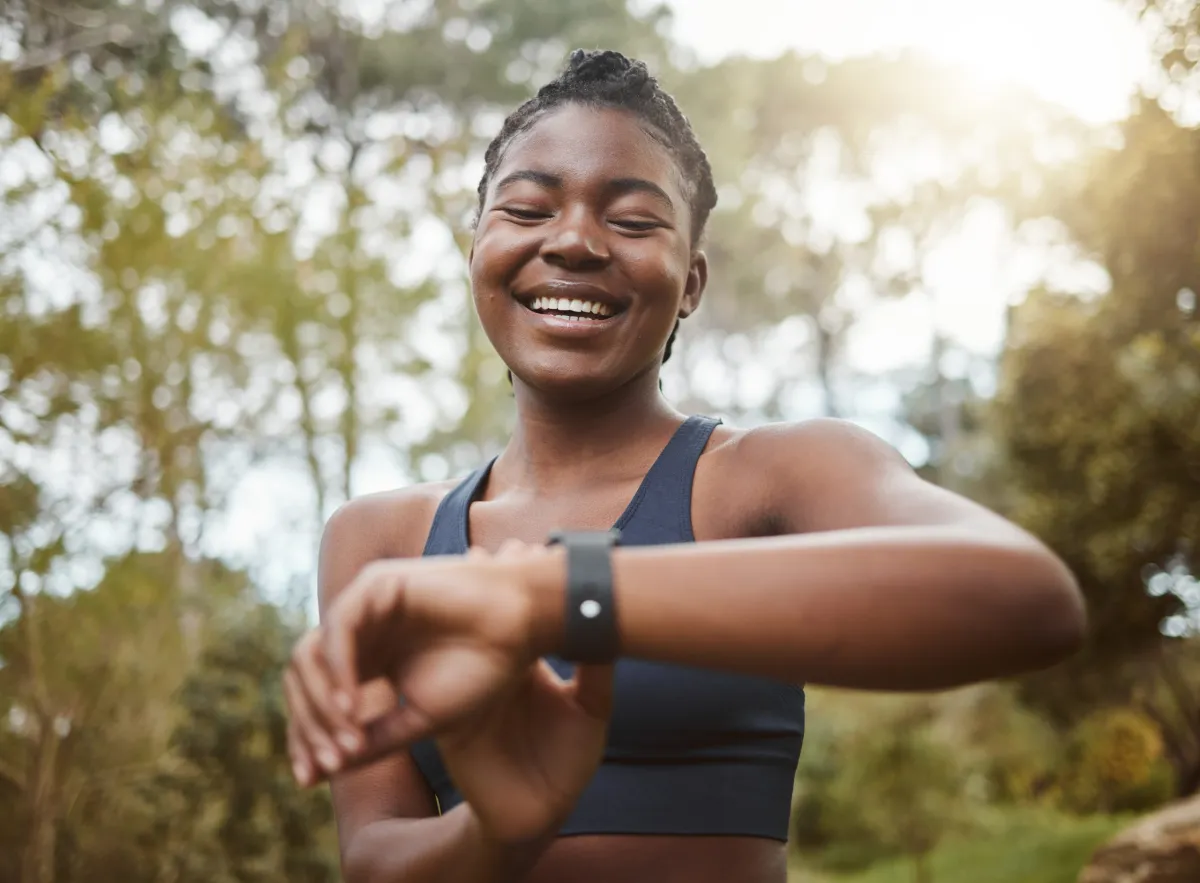Understanding HRV: Boost Recovery with Heart Data
You’ve probably heard the buzz about tracking your heart rate during workouts—but what about heart rate variability (HRV)? It’s one of the most insightful (and often underrated) metrics you can track when it comes to understanding your body’s recovery, readiness, and resilience.
Unlike a simple pulse check, HRV dives deeper into how your nervous system is functioning. It doesn’t just tell you how fast your heart is beating—it tells you how well your body is adapting to stress. So whether you’re a hardcore athlete or just trying to feel your best, knowing your HRV can be a game-changer for optimizing performance, preventing burnout, and improving overall wellness.
Let’s unpack the science behind HRV, what it reveals about your recovery, and how to use it to your advantage.
What Is Heart Rate Variability (HRV)?
HRV is the variation in time between each heartbeat. While your heart rate might be 60 beats per minute, that doesn’t mean it’s beating exactly once every second. Sometimes there’s a bit more time between beats, and sometimes a bit less—and that’s a good thing.
The more variability between beats, the more adaptable your nervous system is. A high HRV generally means your body is resilient and ready for action. A low HRV, on the other hand, can signal stress, fatigue, or the need for recovery.
Think of HRV as a window into your autonomic nervous system, which controls things like breathing, digestion, and—you guessed it—heart function.
Why HRV Matters for Recovery
Your body’s ability to recover isn’t just about muscle soreness. It’s also about how well your nervous system bounces back from all kinds of stress—physical, mental, emotional, and even environmental.
HRV offers real-time feedback about how recovered (or overworked) your system really is.
- High HRV = Ready to Train
Your body is in a balanced, relaxed state—ideal for intense workouts or challenges. - Low HRV = Time to Recover
Your system is under stress, and pushing hard today could lead to burnout or injury.
This makes HRV a powerful tool for adjusting your training intensity, improving sleep quality, and avoiding overtraining.
The Role of the Autonomic Nervous System
Your autonomic nervous system (ANS) has two main branches:
- Sympathetic Nervous System (SNS): “Fight or flight” mode. Think high stress, high alert, heart racing.
- Parasympathetic Nervous System (PNS): “Rest and digest” mode. Calming, restorative, and essential for recovery.
HRV reflects the balance between these two systems. A high HRV suggests your parasympathetic nervous system is dominant—great for healing and performance. A low HRV usually means your sympathetic system is running the show—cue stress, fatigue, or illness.
Factors That Influence HRV
HRV naturally fluctuates, and that’s completely normal. It can be affected by:
- Sleep quality
- Hydration
- Alcohol consumption
- Stress (emotional or physical)
- Exercise intensity
- Nutrition
- Hormonal changes
- Illness or inflammation
The key is not to obsess over daily numbers, but to look at trends over time. If your HRV consistently drops or stays low, it might be time to make some recovery-focused changes.
How to Measure HRV
These days, you don’t need a lab to track HRV. Many fitness devices and apps make it easy:
- Wearables: WHOOP, Oura Ring, Apple Watch, Garmin, and Polar all offer HRV tracking.
- Apps: Elite HRV, HRV4Training, and Welltory pair with heart rate monitors or camera-based tools to give you insights.
Pro Tip: The most accurate HRV readings come from measurements taken first thing in the morning, while you’re still in bed and relaxed.
What’s a “Good” HRV Score?
HRV is highly individual. One person’s “low” score could be another’s “high.” Instead of comparing your HRV to others, focus on your baseline and how your score changes over time.
- Higher HRV (for you): You’re recovered, balanced, and ready for activity.
- Lower HRV (compared to your baseline): Your body might be under stress and in need of rest.
Tip: Men tend to have slightly higher HRV than women, and HRV tends to decrease with age. That’s normal! It’s the trend that matters.
How to Improve Your HRV (and Recovery)
If your HRV is trending low, don’t panic. There are plenty of simple ways to boost it and support your body’s recovery:
1. Prioritize Quality Sleep
Poor sleep is one of the fastest ways to tank your HRV. Aim for 7–9 hours of consistent, high-quality rest each night. Keep a regular sleep schedule, reduce screen time before bed, and create a calming nighttime routine.
2. Practice Deep Breathing or Meditation
Even 5–10 minutes of deep, slow breathing can activate your parasympathetic system and raise your HRV. Try box breathing, 4-7-8 breathing, or a guided meditation to relax your nervous system.
3. Hydrate and Eat Well
Proper hydration and a balanced diet rich in whole foods support your body’s ability to repair and regulate stress.
4. Train Smart, Not Hard Every Day
Alternate intense workout days with lighter movement (like walking or yoga) and rest days. Use your HRV data to know when to push and when to back off.
5. Limit Alcohol and Overstimulation
Both alcohol and excessive screen time or caffeine can interfere with your body’s ability to enter recovery mode. Cut back when you’re feeling run down.
Using HRV to Personalize Your Training and Wellness
With HRV as part of your daily feedback loop, you can make smarter choices based on how your body actually feels—not just what your calendar says.
- Low HRV today? Maybe swap your HIIT workout for a restorative yoga session or a walk outdoors.
- High HRV today? Go ahead and crush that workout—you’re primed for performance.
- HRV slowly declining over the week? Time to prioritize recovery strategies like extra sleep, hydration, and stress management.
This is where HRV truly shines: helping you make informed decisions that support long-term health and performance—not just short-term goals.
Wrapping It Up
Heart Rate Variability is more than just a number—it’s a mirror of how your body is handling life, training, and recovery. By tracking HRV, you can tune into your body’s needs, train with purpose, and recover like a pro.
So the next time you’re wondering whether to push or pause, check your HRV. It might just give you the clarity you need to work smarter, not harder—and thrive in both fitness and life. 🧠💓💪
Ready to listen to your body like never before? HRV has the answers.





